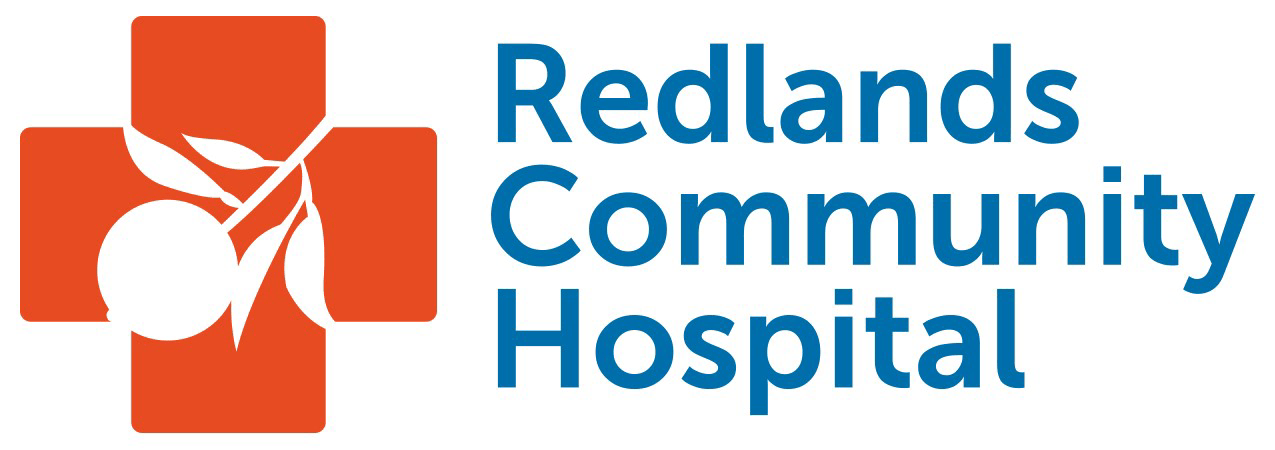
Ensuring a safe sleep environment for your baby is essential for their well-being and peace of mind for parents. Following recommended guidelines can significantly reduce the risk of Sudden Infant Death Syndrome (SIDS) and other sleep-related accidents. Key recommendations include placing your baby on their back for all sleep times, using a firm and flat sleep surface free from soft or loose objects, and avoiding bed-sharing arrangements. Room-sharing, breastfeeding, and cautious pacifier use are additional measures that contribute to a safer sleep environment. Understanding and implementing these practices can provide a secure foundation for your baby's sleep routine and overall health.
Recommendations for a safe sleep environment:
Put your baby on their back for all naps & at night.
You should always place your baby to sleep on their back. But if they're comfortable rolling both ways (back to tummy, tummy to back), then you don't need to keep turning your baby to their back again. Just be sure that there are no blankets, pillows, stuffed toys or bumper pads in your baby's bed. Your baby could roll into any of these items, which could block their airflow.
Use a firm, flat sleep surface with no soft or loose objects in the sleep area.
A firm surface means that it shouldn't indent when your baby is lying on
it. Any surface that inclines more than 10 degrees isn't safe for your
baby to sleep on. Soft or loose objects can increase your baby's risk
of being caught, suffocation, or strangulation. This includes pillows
and pillow-like toys, quilts, comforters, mattress toppers, non-fitted
sheets, blankets, toys, bumper pads, or related products that attach to
crib slats or sides.
If you're worried about your baby getting cold, you can dress them in layers of clothing or use a wearable blanket. In general, you should dress your baby in only one layer more than you're wearing. Anything more than this can cause overheating which increases the risk of SIDS.
Don't use weighted blankets, sleepers, swaddles or other weighted objects on or near your baby.
Never sleep with your baby.
Based on the evidence, the American Academy of Pediatrics (AAP) doesn't recommend bed sharing with your baby under any circumstances. This includes twins and other multiples.
If you bring your baby into your bed to feed or comfort them, place them in their own sleep space when you're ready to go to sleep.
Avoid falling asleep with your baby in your bed or on a couch, soft armchair or cushion, which can greatly increase risk of death.
Instead of bed sharing, room share with your baby.
The American Academy of Pediatrics (AAP) recommends room sharing because it can decrease the risk of SIDS by as much as 50% and it's much safer than bed sharing.
It's extra important not to bed share with your baby if:
Other ways to lower SIDS risk.
Breastfeed or feed your baby expressed breast milk. The AAP recommends breastfeeding as the sole source of nutrition for your baby for about 6 months.
Even after you add solid foods to your baby's diet, continue breastfeeding until they're at least 12 months, or longer if you and your baby desire.
Try giving your baby a pacifier at nap time and bedtime, but do not attach to clothing or allow the pacifier to hang around their neck while sleeping.
Rachel Y. Moon, Rebecca F. Carlin, Ivan Hand, THE TASK FORCE ON SUDDEN INFANT DEATH SYNDROME AND THE COMMITTEE ON FETUS AND NEWBORN; Sleep-Related Infant Deaths: Updated 2022 Recommendations for Reducing Infant Deaths in the Sleep Environment. Pediatrics July 2022; 150 (1): e2022057990. 10.1542/peds.2022-057990
https://www.marchofdimes.org/find-support/topics/parenthood/safe-sleep-your-baby